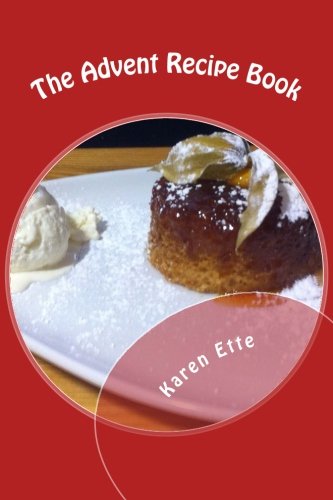December 13th
Photograph by Syd Spence (thanks Syd)
Isaiah 11:1-2
The branch from Jesse
11 A shoot will come up from the stump of Jesse;
from his roots a Branch will bear fruit.
2 The Spirit of the Lord will rest on him –
the Spirit of wisdom and of understanding,
the Spirit of counsel and of might,
the Spirit of the knowledge and fear of the Lord –
from his roots a Branch will bear fruit.
2 The Spirit of the Lord will rest on him –
the Spirit of wisdom and of understanding,
the Spirit of counsel and of might,
the Spirit of the knowledge and fear of the Lord –
Click on the arrow to hear a beautiful Graham Kendrick song
*******************************************************************************************
Tradition
says that if you eat a mince pie in someone else’s house it means you’ll have a
‘happy month’.
The first
mince pies were called mutton pyes, shrid pyes and, believe it or not, Christmas pyes. The filling back in the
13th/14th centuries was minced meat with suet which had fruits added and spices
such as nutmeg, cloves, cinnamon, etc. They were brought back to England by the
Crusaders.
During the
English Civil War (1642–1651) the Puritans (English Protestants) said that the
‘savoury pie’ was associated with Catholic ‘idolatry’, supposedly, and they
didn’t approve. The pies won through and the tradition of eating them at
Christmas carried on until Victorian times, but they had become sweeter and
changed in shape. They were originally larger and oblong in shape (sometimes
called a ‘coffin’) but became smaller and more in the shape of a crib. The
spices were thought to be representative of the gifts of the Magi.
You’ll
need a 3-inch (7.5 cm) pastry cutter for the bases and a 2½-inch (6 cm) one for
the lids (or you can cut stars like the ones in my photograph), plus a greased
patty tin which holds 12, and, of course, a rolling pin. Pre-heat your oven to
400F, 200C, gas 6.
To make 24
pies, weigh 7 oz (200 gm) of plain flour
and add 1 oz (25 gm) of icing sugar and a pinch of salt. Sieve it into a bowl
to get as much air into it as possible
Then add
the fat. I like to use half butta and half lard to give a lovely crisp texture.
(You can use hard margarine and/or white fat, but you will lose out on flavour).
The fat needs to be at room temperature before adding it to the flour.
Weigh 2 oz
(55 gm) of each butta and lard (total 4 oz, 110 gm of fat) and add to the flour with
and rub in until it resembles breadcrumbs.
Wrap the
pastry in cling-film (or put into a polythene bag) and leave to rest in the
fridge for 20-30 minutes. Don’t skimp on this. Whilst it rests, the gluten in
the flour will react with the water and the pastry will be more elastic and
easier to roll out – and it won’t shrink when you bake it.
Flour your
work-surface and rolling pin and take the pastry from the fridge and remove the
cling-film. Divide it into two and roll out one half to about ⅛ inch (3mm)
thick. Cut the bases with the larger cutter, and put them into the patty tin.
Put a teaspoon of your home-made mincemeat into each one and cut the same
number of lids using the smaller cutter. Place the lids on top of the
mincemeat. You can wet the edges first to help them to seal. Make a small cut
(½ cm) in the centre of each lid (unless you have made stars then there is no
need). You can brush the pies with beaten egg or milk, and pop them into the warm
oven for 20-30 minutes until they are a light golden colour.
I
sometimes like to sprinkle them with caster sugar and you should do this as
soon as they come out of the oven. If you prefer icing sugar, leave them to
cool before dusting them with it.
Twelve
mince pies = 12 happy months.





No comments:
Post a Comment